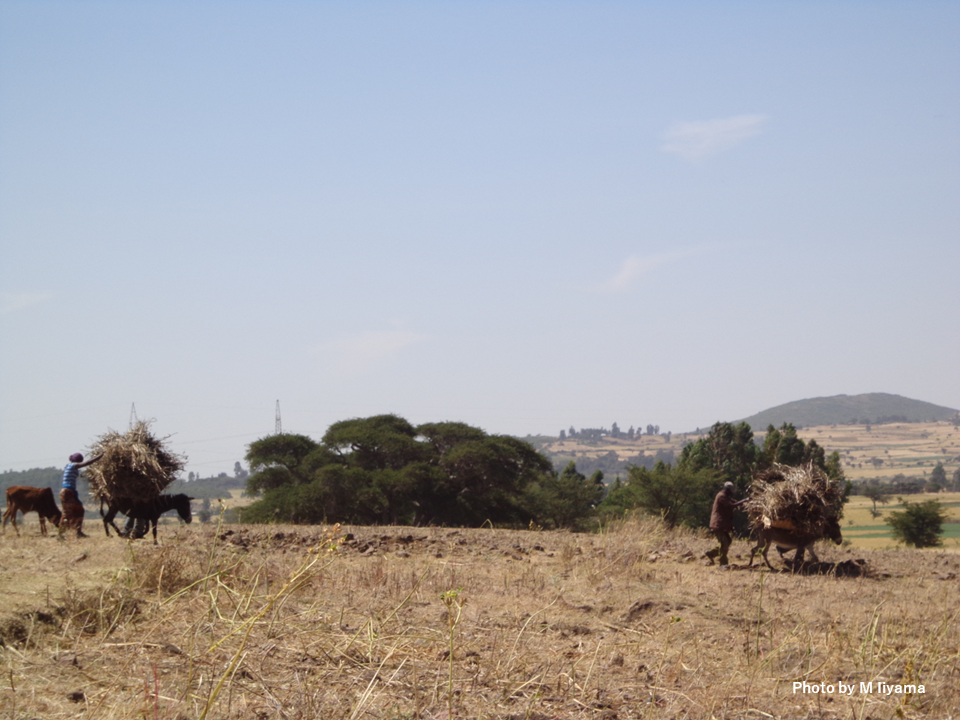Pick Up
969. Climate Change Risks to Social and Natural Systems

969. Climate Change Risks to Social and Natural Systems
Although the Paris Agreement aims to keep the global average temperature increase well below 2°C compared to pre-industrial times and to continue efforts to limit it to 1.5°C, it has been pointed out that under current scenarios of national contributions, the increase could be close to 3°C. At the same time, global population is projected to continue to grow. Under these climate change and socio-economic scenarios, the risks of climate change to social and natural systems vary greatly depending on whether the increase is up to 3°C or whether efforts are made to limit the increase to 1.5°C. Estimating the risks under different scenarios should also raise awareness of the importance of taking action on climate change.
Researchers at the University of East Anglia in UK assessed the risks of climate change to social and natural systems in six countries (China, Brazil, Egypt, Ethiopia, Ghana and India) under identical climate change and socio-economic scenarios. A paper summarizing these studies has now been published in the journal Climatic Change.
The paper points out that the greatest potential benefit of avoiding extreme warming is the possibility of avoiding the likelihood of exposing agricultural lands to extreme drought. According to the paper, limiting warming from 3°C to 1.5°C would reduce the risk of drought in agricultural areas in Ethiopia, China, Ghana, and India by 61%, 43%, 18%, and 21%, respectively. The risk of people facing drought was also projected to be 20-80% lower under 1.5°C warming than under 3°C warming in the six countries.
In addition, the paper predicts that the survival of local plant species in the face of widespread extinction (climate refugia for plants) in Ghana, China, and Ethiopia would be ensured even at 1.5°C warming, but would be significantly reduced at 3°C warming.
While economic losses from sea-level rise are projected to be greater in ocean-front countries, the damage is expected to be mitigated by limiting warming to 1.5°C. The scale of benefits at the local level will vary across countries and local contexts, and will depend on the level of investment in adaptation.
Reference
Warren, R., Price, J., Forstenhäusler, N. et al. Risks associated with global warming of 1.5 to 4°C above pre-industrial levels in human and natural systems in six countries. Climatic Change 177, 48 (2024). https://doi.org/10.1007/s10584-023-03646-6
Contributor: IIYAMA Miyuki (Information Program)
